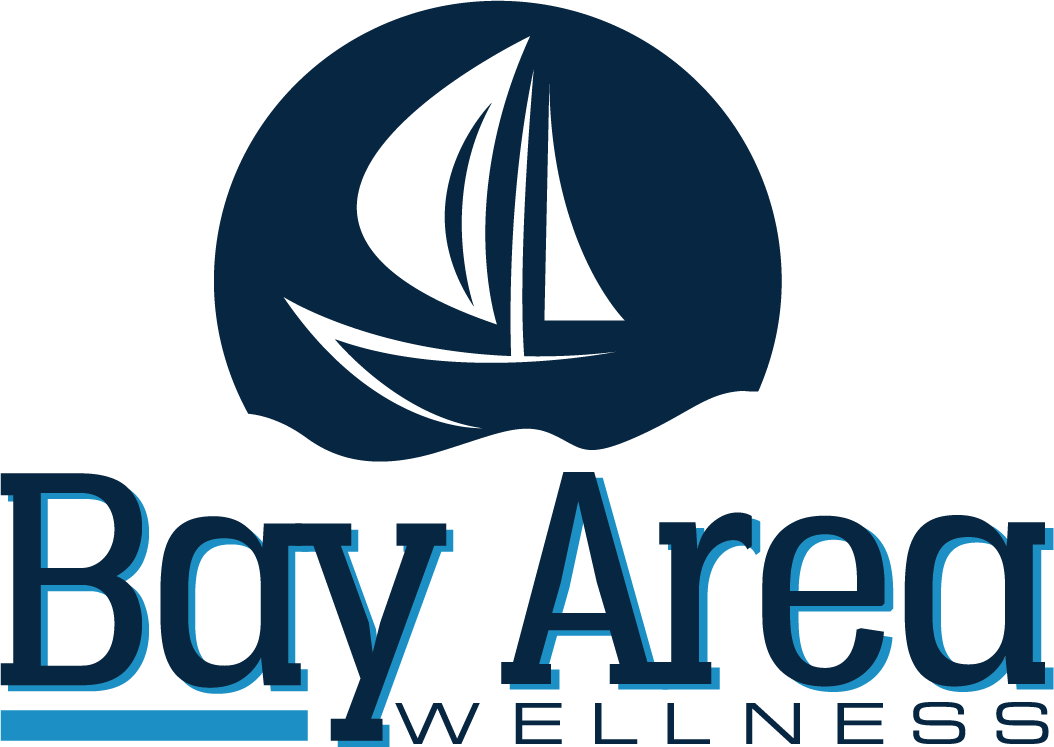This website uses cookies so that we can provide you with the best user experience possible. Cookie information is stored in your browser and performs functions such as recognising you when you return to our website and helping our team to understand which sections of the website you find most interesting and useful.
2110 Priest Bridge Drive, Suite 6
Crofton, MD 21114 USA
410.721.5050
Fax: 443.302.2566
bayareawellnessgroup@gmail.com



Contact Us
Now Is a Great Time to Start Feeling Better... In Lieu Of Completing This Box, You May Also Reach Us At 410.721.5050. We Look Forward To Hearing From You Today!

Phone Number
410.721.5050
Hours of Operation
We are happy to meet you during our working hours. Please make an appointment. Monday: 8:00am-12:00pm & 2:00pm-6:00pm Tuesday: 8:00am-12:00pm Wednesday: 8:00am-12:00pm & 2:00pm-6:00pm Thursday: 8:00am-12:00pm & 2:00pm-6:00pm Friday: 8:00am-12:00pm
Contact Us
Now Is a Great Time to Start Feeling Better... In Lieu Of Completing This Box, You May Also Reach Us At 410.721.5050. We Look Forward To Hearing From You Today!

Phone Number
410.721.5050
Hours of Operation
We are happy to meet you during our working hours. Please make an appointment. Monday: 8:00am-12:00pm & 2:00pm-6:00pm Tuesday: 8:00am-12:00pm Wednesday: 8:00am-12:00pm & 2:00pm-6:00pm Thursday: 8:00am-12:00pm & 2:00pm-6:00pm Friday: 8:00am-12:00pm
Auto Injury
- Home
- Auto Injury
“Whiplash” is a unique injury and is “Not Just a Sprained Neck”. Expert care is required for the best results, both in pain-relief and restoring normal neck and back movement.
Dr. Kibby has advanced training in the evaluation and treatment of ‘Whiplash’ and related injuries, such as lower back pain, from the Spine Research Institute of San Diego.
At Kibby Chiropractic Center, we use advanced treatment protocols to promote a faster recovery and reduce the risks of long term, adverse consequences. One of the most critical elements of a quicker recovery is early initiation of effective treatment. There is a two week window following an automobile known as the “Golden Period”. If the proper treatment is started within this time frame, research has shown that treatment times are generally shorter compared to patients that wait beyond two weeks to start effective care. So, it is recommended to get a thorough and detailed evaluation as early as possible.
Whiplash injuries are most often received while sitting in a car that is stopped and struck from behind or collides with another object while moving. When the head and neck are suddenly jerked forward and backward beyond their normal limits, the muscles, tendons and ligaments that support the neck and head are torn. The soft discs between the the spinal bones can also be damaged, causing disc bulging or herniations.
Because muscles and ligaments guide normal motion, as a result of this damage, vertebrae can be forced out of their normal motion patterns and positions. If this abnormal motion is left uncorrected, severe lower back pain or arthritis can occur.
We will often recommend a series of visits to help restore normal motion and position of the vertebrae. When caught early, inflammation and scar tissue can be minimized.
Common symptoms resulting from Whiplash injury include neck pain, headache, upper back and shoulder pain, mid and low back pain, numbness and tingling in the arms, reduced ability to move the neck, dizziness, nausea, blurred vision, inability to concentrate, moodiness, sensitivity to light, and others.
How to Reduce Injury Risks From Automobile Accidents
1. Seat Belts… Always wear them. The safest place for you in a crash is belted into your seat. Fatal crashes can even occur at low speeds. You double the chances of surviving a crash by wearing your seat belts.
How do safety devices rate in reducing your risk of a fatal crash? Airbags alone – offer 12% effectiveness, Seat Belt alone – offers 42% effectiveness, Airbag and Seat Belt together – offers 47% effectiveness.
Many people mistakenly believe they can brace against the steering wheel and avoid serious injury in a frontal collision. However, even at 25 mph, an unbelted driver can strike the steering wheel with the same force as falling from a third floor balcony.
2. Child Restraint Systems (CRS)
More than 40% of children who die in auto accidents are not belted. Since protocols change on how best to protect your children, check the latest updates at the National Highway Traffic Safety Administration website www.NHTSA.gov.
3. Airbags
Airbags are a supplemental restraint system (SRS). They are designed to work together WITH your seat belt, not instead of them. You are best protected when you use both air bags and seat belts properly. Because of the force behind the airbag when it deploys, keep your hands on the steering wheel rim and not on the air bag module cover.
4. Head Restraints
There are nearly 3 million people who suffer a whiplash injury annually in the US. About 50% of those people experience some degree of chronic problem and about 10% have some degree of permanent disability.
Only 25% of head restraints are properly adjusted. This is the single most important way to prevent or minimize whiplash injury. The head restraint should be positioned so the top of it is level with the top of the head. Usually they are positioned too low. If the head rest can be adjusted forward, position it as close to the head as possible.
What to do if your car is about to be hit from the rear…
1. Press yourself fully back against the seat and head restraint. If you are the driver, use your hands against the steering wheel.
2. Shrug shoulders firmly to limit neck motion.
3. If the car is stopped already, apply the brake firmly.
4. Look straight ahead with the head back slightly.
If you or a family member have been involved in an accident, time is of the essence for a successful resolution. Call us at 410.721.5050 today to set up your appointment. With your health, it’s better to play it safe.



